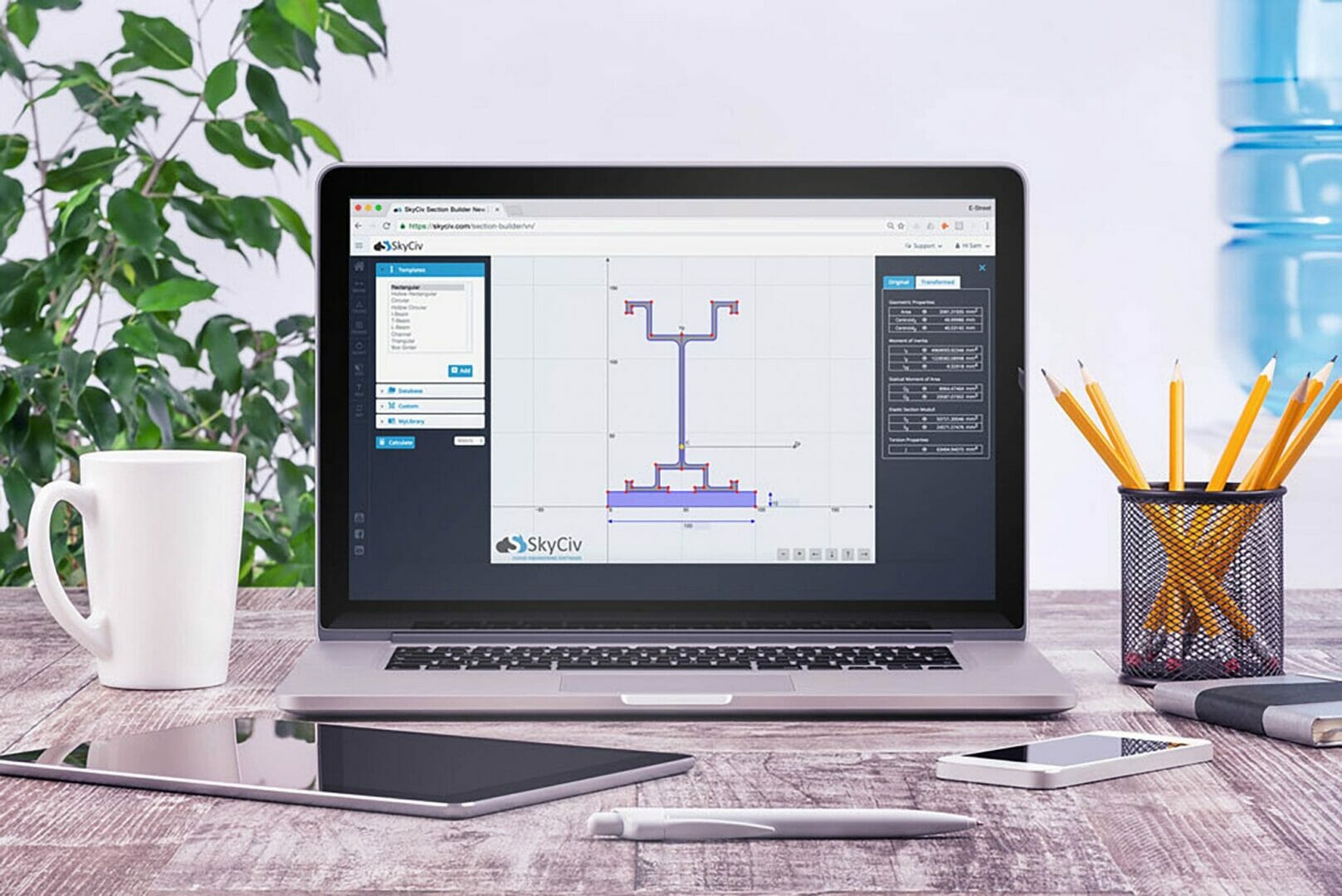How cloud computing supports the sharing of structural expertise
Chances are you’ll be familiar with the term software as a service (SaaS). Even though some people may be unaware, most of us have probably used such software recently. The concept boasts a lot of benefits to users, such as ongoing technical support, but can SaaS providers go further? Here, Sam Carigliano, co-founder of structural design software provider SkyCiv, explores the potential of SaaS for structural engineers.
Since the global recession almost a decade ago, we have seen a significant change in the way people purchase and consume products. In the housing market, for example, the rising cost of houses has driven a significant increase in rented property. According to recent analysis from the Pew Research Center, there are now more houses being rented in the US than at any point since at least 1965.
While renting is nothing new, the recent rise is indicative of the changing mindset of modern people. In 2011, TIME magazine cited the idea of collaborative consumption — which author Bryan Walsh described as “renting, lending and even sharing goods instead of buying them” — as one of its ten ideas that will change the world.
This shift to sharing products and services rather than owning them is now even reflected in the software we use. The development and viability of cloud computing has introduced the concept of SaaS, where users pay regular subscription fees for the privilege of using a programme or platform. Effectively, this can bring high quality software to individuals who previously would have been unable to afford it.
Typically, most SaaS applications include technical software support as a part of the service that customers pay for. However, as we are now seeing subscription models enter more technical fields such as structural engineering, can users expect more from their subscription?
SkyCiv is already exploring this idea for structural engineers. As the entirety of SkyCiv’s suite of structural design and analysis software is cloud-based, it means that the company’s specialists can, if the user requests it, view user projects and provide more extensive troubleshooting of software problems. Yet it also allows for more consultative help too.
Every member of SkyCiv’s support team is qualified in structural, civil or mechanical engineering, so they are well positioned to help with any structural questions an engineer might have while designing. This may include assistance with the user’s models, troubleshooting models that won’t solve and even assistance interpreting results.
Crucially, this consultative help is delivered to engineers in real-time because the software is browser-based. Engineers can use the live-chat box to open a dialogue with a member of SkyCiv’s staff and, as the company has offices in Australia and the US, can do so at almost any time of day. In effect, this could be likened to delivering structural engineering consultation as a service — but SECaaS doesn’t quite have the same ring to it as SaaS.
With the rise of the sharing economy and SaaS, it is important that users seek to get the most value from their subscriptions. For structural engineers, this value doesn’t just have to come from the software itself, but rather the professional consultation of specially trained experts.






